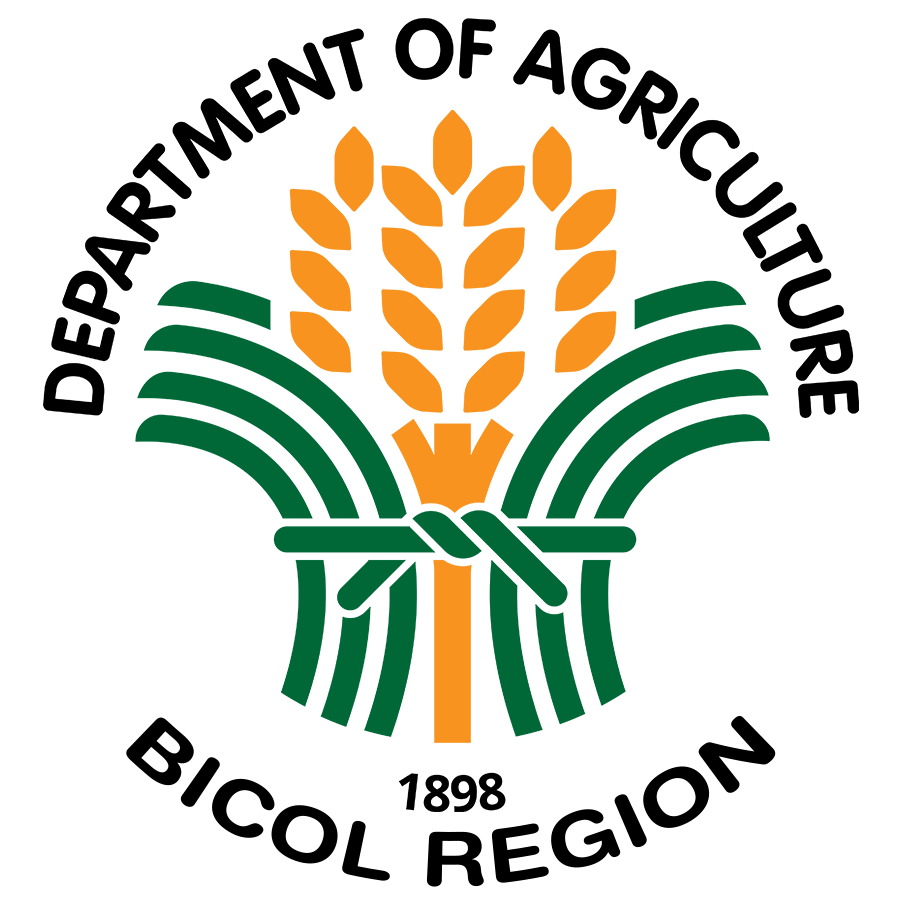CAWAYAN, MASBATE – What used to be a dry wasteland in Brgy. Tuburan, in this municipality is now a source of income of rural folks living within the area.
In partnership with San Miguel Foods Inc. (SMFI), the Department of Agriculture-Bicol’s Cassava Program now reaps the harvest of its 30-hectare Cassava Model Farm, being managed by the Tuburan United Farmers Association (TUFA), in Cawayan, Masbate.
According to Robinson C. Riveral, chairman of TUFA, DA-Bicol’s efforts to connect them to an established and sure market drew cassava farmers in his locality back to farming.
At the Cassava Model Farm Harvest Festival attended by TUFA members and prospective farmer-members on September 17, 2019, Engr. Michelle Maligang, Cassava Program Report Officer, stated that the association has recorded a total production of 600 metric tons and a yield of 30 metric tons per hectare fresh tubers from its 1200-hectare total production area.
TUFA, the first cassava model farm in Bicol, has received various inputs from DA-Bicol including planting materials, fertilizers, machineries such as cassava chipper and cassava granulator as well as trainings and market-related activities since November 2018. DA-Bicol also provided the organization with a four-wheel drive tractor to aid in land preparation, a cassava digger, mobile drier and a cassava drying plant. The agency also facilitated soil sampling in the area. As of September 2019, the TUFA has reported a net income of P20, 270.00.
To encourage more farmers to plant more cassava, Raymund R. Britanico, SMFI’s Luzon Operational Head, discussed the company’s Cassava Assembler Program, which stresses the role of assemblers in SMFI’s raw material sourcing business strategy. The program encourages farmers to organize and form business units and assemble a minimum of 20 hectares of cassava plantation. It offers a guaranteed market with purchase agreement, a definite floor price and technical assistance.
“May pera sa cassava,” he said.
Britanico cited the increasing demand for cassava as a high energy raw material for feeds because it is highly digestible, contains high energy as well as lactic acid and nurtures good bacteria resulting to low population of pathogenic bacteria.
SMFI Agri-Technician Jerick C. Marcaida also demonstrated the process of vertical planting of cassava, proper peeling and cassava chopping, as part of the Cassava Harvest Festival’s program highlights.
The TUFA is one of the national finalists in the 2019 Cassava Cluster Management Excellence Awards, which recognizes cassava cluster organizations with outstanding performance in the implementation of cassava-related projects and interventions by the DA Cassava Program. (Annielyn L. Baleza, DA-RAFIS V)
